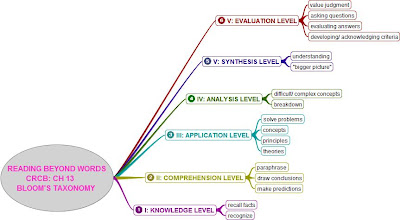
CRCB: CH 14 INTERNET RESOURCES
Seven-step internet source evaluation system:
2RCA- RELEVANCE, RELIABILITY, CREDIBILITY, ACCURACY
1. Know your purpose (relevance)
· Know what you are looking for. Have a plan.
2. Double-check your facts and sources (reliability, C, A)
3. Consider the source ( reliability, C)
4. Evaluate the look and content of the site (C, A)
5. Consider the intended audience (2R)
· Can save you time
6. Evaluate the writing (A, C, reliability)
· Bad grammar, misspelled words, and other typographical errors can show that a source is unreliable
7. Compare the content with what you already know (2RCA)
Useful internet vocabulary words:
· Bookmarks: personal list of interesting website
· Browser: the software that lets you “surf” the internet
· Directory: website that organizes and offers collection of links to other sites
· Download: the process of transferring computer files from internet to computer
· HTML: hypertext markup language- computer language of the world wide web
· Search engine: site that lets you search for specific information or websites
· URL: uniform source locater- address on the internet


